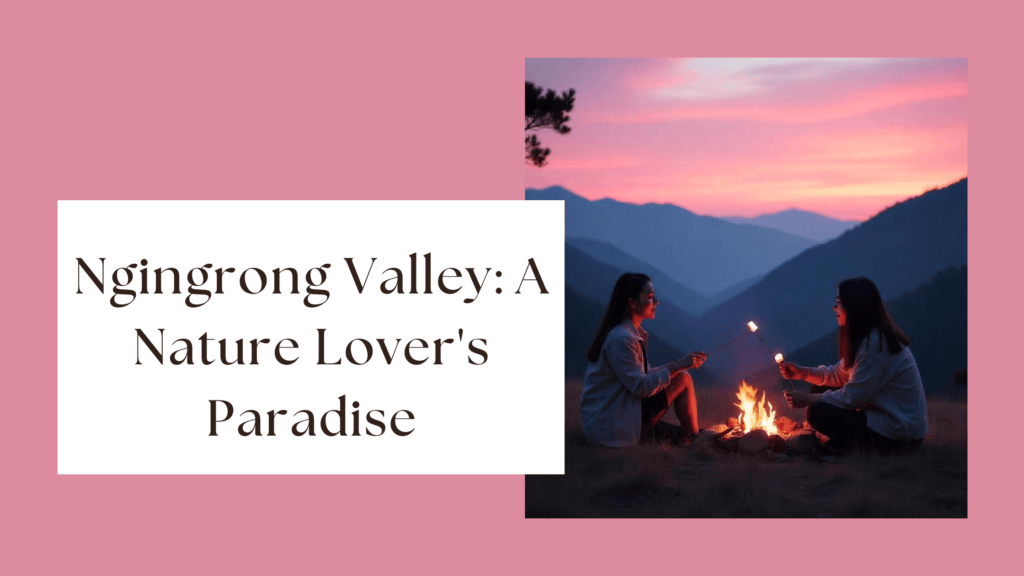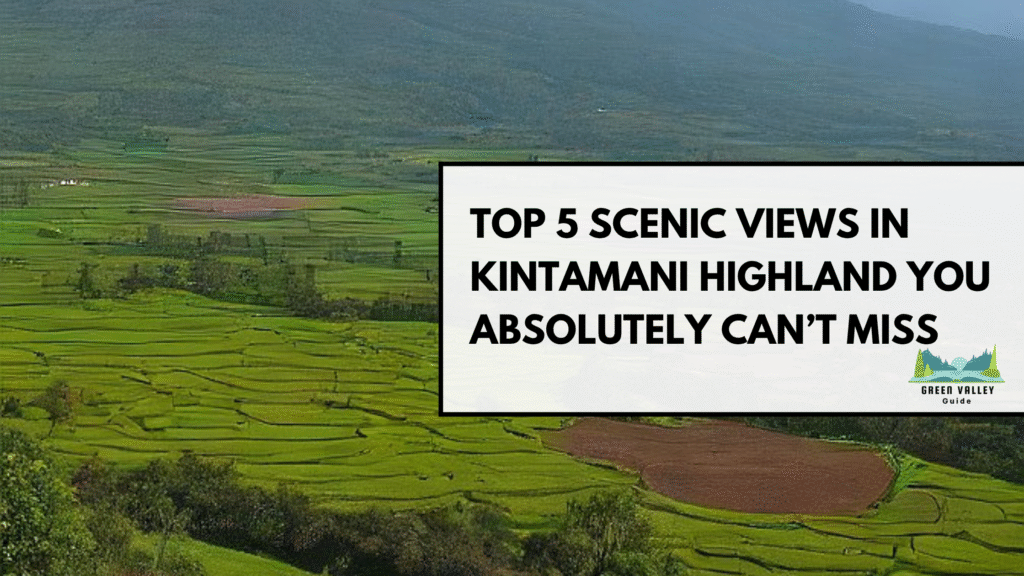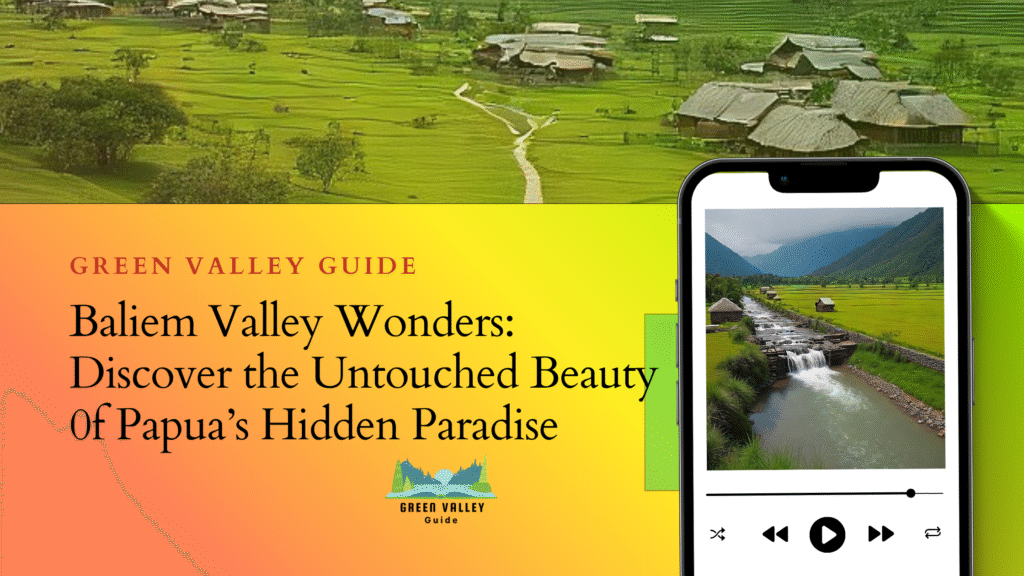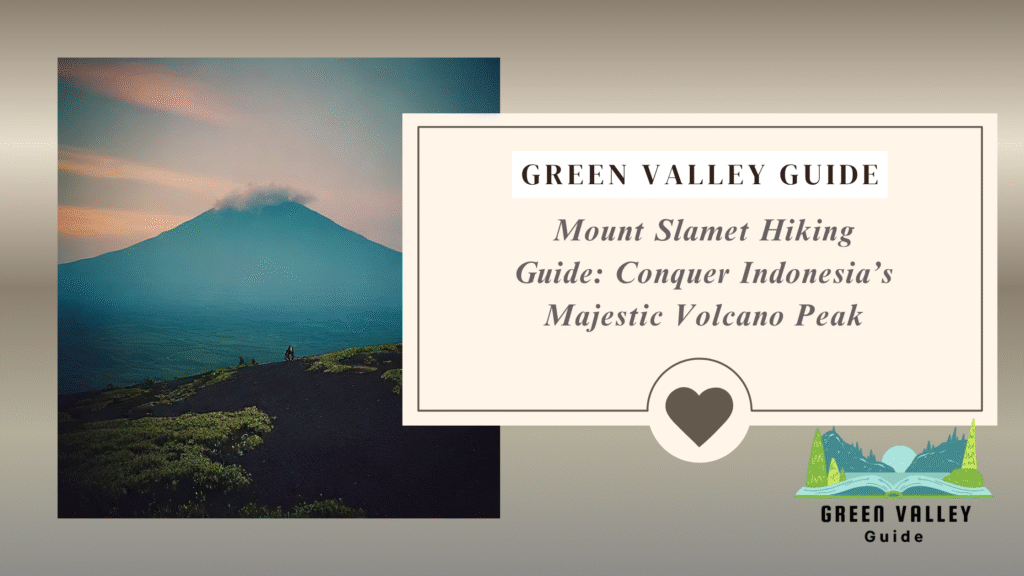Ngingrong Valley: A Nature Lover’s Paradise
Introduction: Welcome to Ngingrong Valley – Nature’s Hidden Gem in Yogyakarta
Ngingrong Valley is a hidden paradise hiding in the depths of Gunungkidul, Yogyakarta, which can only be described as a lush sanctuary where nature is the ultimate form. This is a fairytale valley with thigh-shaking karst mountains, underground rivers, and lush emerald-green forests, so it should be on the list of hikers, eco-tourists, and photographers.
No street noise is found in Ngingrong Valley there like in tourist attractions: it is tranquil, wild, and filled with picturesque views. Ride along in a zipline high above the forest canopy, ride through subterranean caves in tubes and relax with the beauty of panoramic scenes in the valley, the candid beauty will leave you in awe with a trip you will never forget.
Today, we are going to reveal all that you should know about visiting this nature lover haven; how to get there, what to do, what are the places to stay and how to travel in Ngingrong Valley sustainably.
Where Is Ngingrong Valley? How to Get There with Ease
Ngingrong Valley is found in Gunungkidul Regency, a picturesque area of Yogyakarta Special Region in Central Java Indonesia. It is located close to a village of Mulo not far away from some of the most popular natural sightseeing sites in the region. The valley has limestone karst landscapes and rolling hills where the value is one of the attractions to touring travellers who want to avoid the tourist packed regions.
How to Get to Ngingrong Valley
- Self-Drive: By car or motorbike: This will take approximately 1.5 to 2 hours (near 50-60 km) driving at a speed of between 30 to 50km per hour. The road is scenic and smooth hence ideal to road trippers who thrive on thrills.
- Driver Car Hire: This is an ideal choice of people who are not much aware of the local roads.
- Day Tours: Ngingrong Valley is part of day trips offered by many eco-tour operators, as a combined day trip with Goa Pindul and Timang Beach.
Nearby Natural Landmarks
- Goa Pindul (the Pindul Cave): The cave is famous for fortheen experience of cave tubing.
- Sri Gethuk Waterfall: A mystical cascade that is surrounded by cliffs that are full of trees.
- Jomblang Cave: It has a mystical phenomenon of light from heaven.
Breathtaking Scenery: What to See in Ngingrong Valley
Ngingrong Valley is a sight that never disappoints and leaves one with sights of high karst rocks, lush forest covers, and flowing waterways. It is naturally shaped on an erosive plateau formed by the ancient underground water courses, forming the dramatic maze of caves and secreting gorges.
Scenic Highlights
- Panoramic Viewpoints: You could enjoy some of the layered cliffs and extensive vegetation of the valley by viewing it from some lookout platforms.
- Karst Formations: Razor-sharp limestone cliffs surround the green valley floor.
- Abundant Vegetation: The land is lush with rich tropical vegetation, with rich shades of green throughout the year.
Sunrise & Sunset Moments
The natural height of the valley adequately positions it to provide a good view of the sunsets and sunrises. The light of early morning on the misty hills is an essential showdown that photographers and romantics alike will surely love.
Outdoor Adventures Await: Things to Do in Ngingrong Valley
Ngingrong Valley provides many activities to its nature-loving visitors: it has many activities that keep the visitor in touch with nature, coupled with adventure.
Ziplining Across the Valley
Fly above the canopy of the forest and view the brilliance of the valley at a bird-eye level by ziplining. It is one of the most exciting methods to enjoy the terrain.
Cave Tubing and River Exploration
Take a float down the rivers and natural cave systems underground, Ngingrong, and have a once-in-a-lifetime subterranean experience. This serene yet exciting water presents the secrets of the valley by showing the underwater world.
Hiking Trails & Photography Spots
Visit various walking and hiking trails; see what nature has to offer at short scenic trails, or severe ascents. Each turn will bring you a photo-worthy view, exotic flora,, and serene forest landscapes that will make a good mindful escape.
Meet the Wildlife: Flora and Fauna of Ngingrong Valley
Ngingrong Valley is not just a delicate drama, but also an alive system with ample biodiversity in it. It presents a chance for nature enthusiasts to gaze at the Javanese wildlife and flora in its natural environment.
Flora Highlights
- The microclimate in the valley is a humid area capable of sustaining wild orchids, ferns, as well as tropical vines.
- With the blooming Season, the plants in the rainy season change.
- Local herb. The traditional herbal medicines also relate to the local vegetation that is used by the locals.
Fauna to Watch For
- To sportsmen who are birdwatchers, the valley has Kingfishers, tailor birds, and owls.
- During silent walks, it is probable that one will encounter reptiles, insects, mammals, butterflies, and insects.
- Lucky tourists are even able to see rare or endemic species that are not encountered ie other sites.
Best Wildlife Viewing Times
- Make a visit in the very early morning or late afternoon when wildlife is moving.
- Revenge in green and birds in November to March is one that comes stunningly with greenery and birds, but they may call the gear of the weather.
When to Visit Ngingrong Valley: Seasons & Climate Tips
Ngingrong Valley is the kind of place that one can visit at any time of the year, though it will be quite different in terms of weather conditions and the season of the year.
Best Time to Visit
- The dry Season (May to October): The best season to hunt, hike, zzipline cave tubing, and photography. Trails are dry, rivers are running clear,r ano the wildlife is more active.
- Wet Season (November to April): It is most beautiful period of the year when the nature is showing its best side with the great greenery and fantastic cascades, but it is the muddy tracks and necessity to postpone some of the places due to the wet weather we should be ready to.
What to Expect Weather-Wise
- The mean temperatures are 22 °CC to 30 C (72 F to 86 F) all year.
- Rains usually are brief, hard spells- especially in the afternoon during the wet season.
- It is cooler and clear mornings,and hence, an ideal time to hit the outdoors.
Packing Tips
- Dry Season: Light clothes, sunscreen, a good pair of shoes, and a bottle of water to carry with you.
- Wet Season: Waterproof clothes, hiking shoes that will prevent slipping, and insect repellent with clothes that dry quicker.
Where to Stay: Best Lodging Options Near Ngingrong Valley
Experts on rural camping in the wild or people who simply just like riding in comfort can get many sources of destinations of stay near Ngingrong Valley.
Recommended Stays
- Eco-Resorts and Guesthouses are peaceful and nature-based in Ngingrong.
- Mulo or Semanu Locations: Homestays in the village are a local culture with local hospitality.
- There are cheaper hotels located in Wonosari (2030 mins away) and extending facilities.
- The largest range of tourist accommodation is available in Yogyakarta City (2 hours distance) including backpacker hostels, and small boutique hotels.
Pros and Cons of Staying in Wonosari or Yogyakarta
- Wonosari: Close, could be easily reached at the beginning of the morning to have an activity on the valley. Medical services happen to be limited.
- The best urban-natural hybrid visit spots in city Yogyakarta. More traveling time daily.
Booking Advice
- Make some bookings in advance during the long weekends or the Indonesian school holidays.
- Eco-lodges or homestays are also worth the consideration and should be used to stimulate tourism in the nearby region, making an attempt to minimize the impact on the environment.
Local Flavors and Cultural Finds Around Ngingrong
Ngingrong Valley tour cannot be complete without trying the original Javanese food and culture.
What to Eat Nearby
- Gudeg: A sweet jackfruit stew served with rice and chicken.
- Bakmi Jawa: Traditional Javanese noodles with savory herbs.
- Food outlets: Local warungs are eating places that serve food with family managed cheap and tasty food.
- Tempeh and Sambal: These have to be mentioned as you cannot visit Indonesia and miss hot snacks made of fermented soy!
Cultural Experiences
- Village Markets: Buy in local markets and find batik, wood carvings and natural products.
- Traditional music/dance Gamelan and wayang kulit (shadow puppets) may be considered as it can be viewed in fairs.
- Traditions: People should dress properly, they should smile, and greet each other with a formula Selamat pagi (Good morning).
Sustainable Travel in Ngingrong Valley: How to Tread Lightly
Traveling with care and respect is one of the ways of preserving the beauty of Ngingrong Valley to our future generations.
Responsible Travel Tips
- Leave No Trace: Haul out what goes in, do not pick plants or harass animals.
- Walk on marked trails so as to reduce erosion and destruction of wild plants.
- Containers and reusable water bottles will be used in order to lower plastic.
Support Local Communities
- Do Cave Tubing and hike guided by the locals; your enterprise can help the economy in the town.
- Buy the homemade products or foods in the local shops and the marketplace.
- Choose the most environmentally friendly accommodation place which is sustainable oriented.
Respect Nature-Based Tourism
- All the safety procedures of ziplining or caving ought to be observed.
- And in woody areas you should not shout, or play very loud music, because too many of the species have sensitive ears.
- Enlighten yourself and reimburse as much as you can regarding the environmental effect of your visit.
Conclusion: Why Ngingrong Valley Should Be on Every Nature Lover’s Itinerary
Provided you are an admirer of an escape bunched with lush scenery, high-octane expedition and true color in culture, then you have just got your best ester in Ngingrong Valley. Such a hidden paradise located in the Gunungkidul district, way beyond the noise and business of the city is unique, relaxing and inspiring venture to the untamed force of nature that has not been ruined.
Whether it would be zooming the zipline over the emerald jungles, drifting through ancient caves or simply reveling through the silence of the karst cliffs, Ngingrong Valley can make you unwind and recall what seems to have been forgotten, nature, culture and oneself.
Thus, when your soul desires something unusual, then Ngingrong Valley may become your new memorable trip.
FAQs About Visiting Ngingrong Valley
Q1: Is Ngingrong Valley, a family-friendly place?
Yes! Ngingrong Valley: Both the young and the old can enjoy the tourist activities since it has light hiking routes, scenic sites and also has safe cave tubing. Picnic sites and cultural experience in the local villages are some of the things that are shared by the families but have been transformed into fun.
Q2: How I should consider reaching to Ngingrong Valley by passing via the city of Yogyakarta?
The valley is about 2 hours of car ride away in Yogyakarta. You can either go by yourself, hire a car and driver or enroll in the already existing local day tours (they have various destinations which include Goa Pindul and Sri Gethuk Waterfall).
Q3: I am I supposed to book things like ziplining or tubing?
You can even just walk-in but it is better that you make a reservation during the weekend or during the period of high traveling season to ensure that you have space especially in case you are taking guided tubing and ziplining tour.





